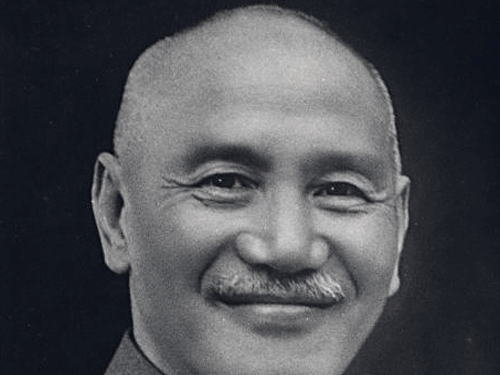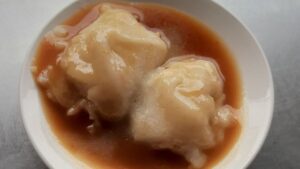
The relationship between China and Taiwan during the 1950s and 1960s was tumultuous and marked by significant political, military, and diplomatic developments. This period saw the establishment of the People’s Republic of China (PRC) and the rise of communist rule under Mao Zedong, as well as the formation of the Republic of China (ROC) government in Taiwan under Chiang Kai-shek. In this article, we will explore the key events that defined the relationship between China and Taiwan during this period.
Post-Chinese Civil War
The Chinese Civil War ended in 1949 with the victory of the communist forces led by Mao Zedong, who declared the establishment of the PRC. Chiang Kai-shek and his nationalist forces retreated to Taiwan, where they established the ROC government. From then on, Taiwan became a separate political entity that remained under the control of the ROC government, which claimed to be the legitimate government of all of China.
However, the PRC did not recognize Taiwan’s sovereignty and considered it to be a renegade province that needed to be reunified with the mainland. The PRC also adopted a policy of isolating Taiwan diplomatically and economically, which made it difficult for the ROC government to maintain its legitimacy and international standing.
Military and Diplomatic Maneuverings
The relationship between China and Taiwan during the 1950s was marked by a series of military conflicts and diplomatic maneuverings. In 1950, the PRC sent troops to invade Taiwan, but the ROC forces managed to repel them. In 1954, the PRC began a series of artillery bombardments of Taiwan’s offshore islands, which continued until 1979.
The United States played a significant role in the relationship between China and Taiwan during this period. In 1950, the US intervened in the Korean War, and in 1954, it signed a Mutual Defense Treaty with Taiwan, pledging to defend it against any external aggression. The US also provided military aid to the ROC government, which helped it to maintain its military capabilities.
In 1958, the relationship between China and Taiwan reached a critical point when the PRC launched a massive artillery bombardment of Taiwan’s offshore islands. This led to the Second Taiwan Strait Crisis, in which the US sent its Seventh Fleet to intervene and prevent a full-scale military conflict between the two sides. The crisis ended with a ceasefire, but tensions between China and Taiwan remained high.
Conclusion
In conclusion, the relationship between China and Taiwan during the 1950s and 1960s was characterized by a complex mix of military conflict, diplomatic maneuvering, and international pressure. The ROC government in Taiwan struggled to maintain its legitimacy and international standing, while the PRC sought to isolate and reunify Taiwan with the mainland. The US played a critical role in the relationship, providing military aid and diplomatic support to the ROC government and intervening to prevent a full-scale military conflict. Despite the tensions and conflicts, the relationship between China and Taiwan remains a critical issue in international relations today.

